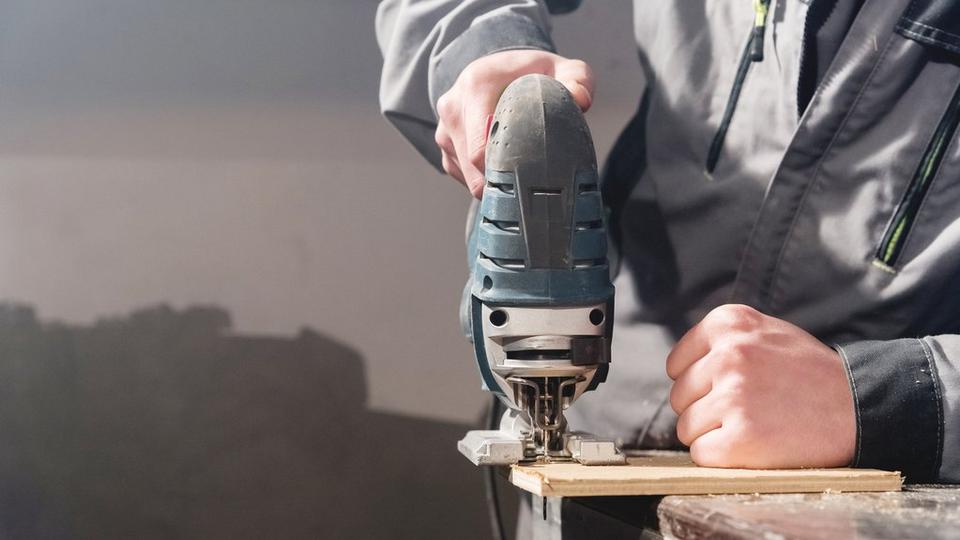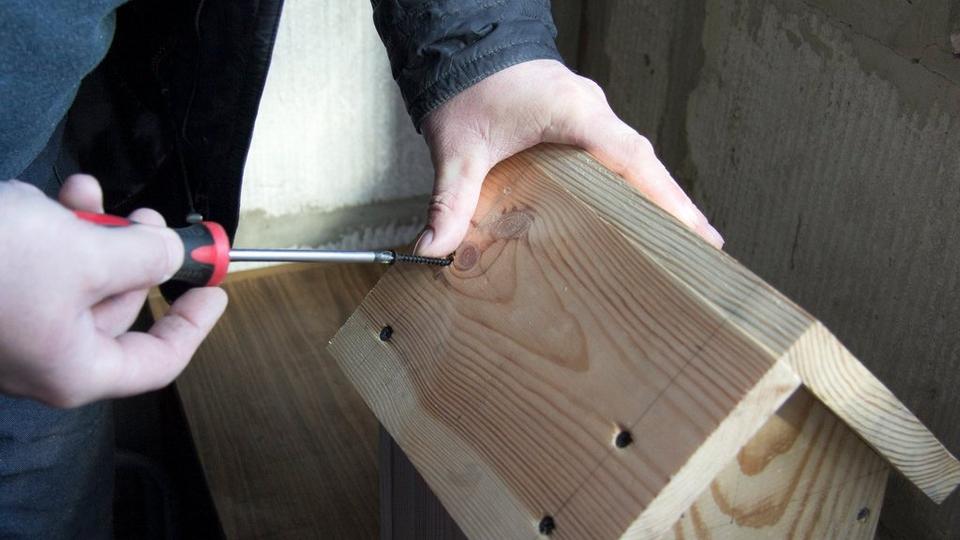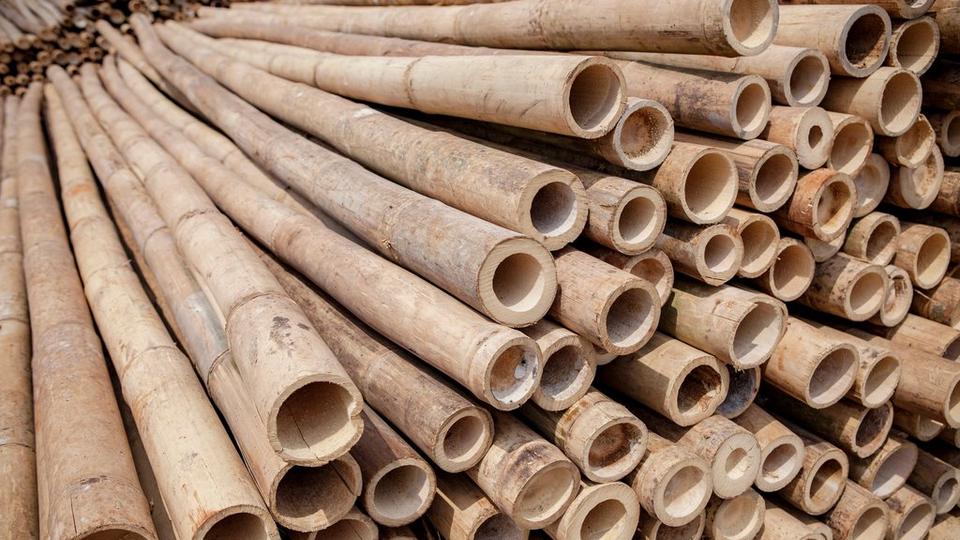Hurry! It’s Not Too Late to Order For Christmas - Shop Now!
How to Makea Bee House
It’s time to check in to the hottest new hotel in town! You won’t have to travel far to see it, you can find it in your own back garden. Confused? We’re talking about the buzziest hotels around – bee hotels! Read on and learn how to make a bee house, so you can be the owner of the most exclusive hotel in the neighbourhood.
Who checks into a bee hotel?
Now we know what you’re going to say – bees live in hives, right? Weeellll, sort of. We’re all familiar with the traditional sight of rows of beehives carefully tended by a beekeeper. But in reality, these are home to only one type of bee – the honeybee. You might guess from their name, but they are the ones that make the delicious honey we add to our porridge.
So what about those lovely, fluffy bumblebees we see bobbing over flowers in the summer? They do live in small hives (about 200 bees in each), but they don’t spend long at home – instead they’re out busily getting on with creating their own colony in the wild. When they do take a rest, they like to pick somewhere quiet like an abandoned rodent hole, under sheds, in thick grass or even empty bird boxes.
Who are the bee hotels for? They are for an incredibly elite group, some would even call them the superheroes of the pollinator world. We’re talking about the ultimate V.I.Bees – solitary bees!
Why are bee hotels important?
Did you know there are around 250 species of solitary bees in the UK (but only one type of honeybee and 24 species of bumblebee)? They are essential for pollinating a lot of the food we eat, including crops, vegetables and fruit. It’s estimated that a third of the food we eat is directly pollinated by bees.
The problem is, with so much of their natural habitat in decline, the poor bees are having a tough time. They are having to fly further to find enough food and it’s becoming harder to find undisturbed spaces for their nests. So how can we help? The solitary bee hotel provides just the quiet space they need to get some R&R.
Now unlike normal hotels, these ones for bees are not all about an overnight stay. Instead, they’re having a bit of a long-term visit. This solitary bee house is a quiet place where the female can create her nest and lay her eggs. The youngsters can then safely grow into adults ready to do a whole load of pollinating next year.
The important thing to know is that not all solitary bees like the same types of bee hotels. These houses are best for bees like mason, leafcutter and yellow-faced species who will usually look for small tunnels to make their nests. The type of bee you’ll find checking in very much depends on where you live in the UK.
What you’ll need for your bee house
Fancy giving your five-star hotel a go? There are a few things you’ll need.
Bee House Materials:
-
Planks of untreated wood.
-
Saw, drill and nails/screws.
-
Hollow canes – for this, you could use bamboo canes or even re-use hollow stems from plants like sunflowers. Try to pick a selection of hole sizes, ideally between 2mm and 10mm to attract a range of species.
-
Secateurs.
-
A fixing to hang the hotel up with.
Steps to building your bee hotel




Check in the V.I.Bees
The hard work is done, it’s time to sit back and welcome your new guests. They will start to check in from late spring and throughout summer – different species appear at different times over the season. You’ll know if it’s been a success when female bees start flying in and out to pad their nest. You should also see the holes gradually becoming blocked with little mounds of mud or leaves. This means the eggs have been laid.
Once you get to September, all the new eggs will have been laid. To protect the newbies from extreme weather, predators and the risk of fungal infections you’ll need to carefully take down your bee hotel in the autumn. Store it in a cool (not warm) and dry spot like your shed or garage. Just remember to pop it back outside when spring comes around, otherwise, you’ll have some very confused youngsters trying to escape in your shed!
A few housekeeping rules:
-
If this is your second year (or more) of guests, you’ll need to identify any canes that were blocked the previous year where no youngsters have emerged. Remove these canes at the end of the summer.
-
Once everyone has left, you’ll need to get the cleaners in. To reduce the risk of fungus, remove all the old canes and replace them with fresh ones ready for the next lot of guests.
-
If you’re not attracting the bees, try moving your hotel to a different location.
We’ve taken it one step further and created our own Bee Retirement Home to help retired bees – also known as O.A.Bees.
More ways to help solitary bees
Of course, one of the big things that all solitary bees need is a readily available source of pollen. That means flowers and lots of them. Go for open flowers (not the complicated multiple-petal varieties) and they particularly love the colours purple and yellow. You should also pick flowers that come into bloom at different periods throughout spring, summer and autumn – make sure you have a ready supply of blooms waiting for them as they emerge from the bee hotel. The same goes for water. After all, it’s thirsty work being a bee. Have some rainwater available ready for them to access.
We know bees love flowers and one way you can really help them out is to let everything go wild. Resist the urge of mowing all of your lawn by letting a section go wild. Setting up a wildflower meadow creates a natural habitat and plenty of nectar for all sorts of pollinators including the bees. You should also keep an area of soil bare where ground-nesting bees can lay their eggs. Don’t have much space? Wildflower planters will also do the trick.
At Flying Flowers, we’re on a mission to help save our furry friends. Head over to our Beehive and learn more about how you can get involved in saving the bees.
